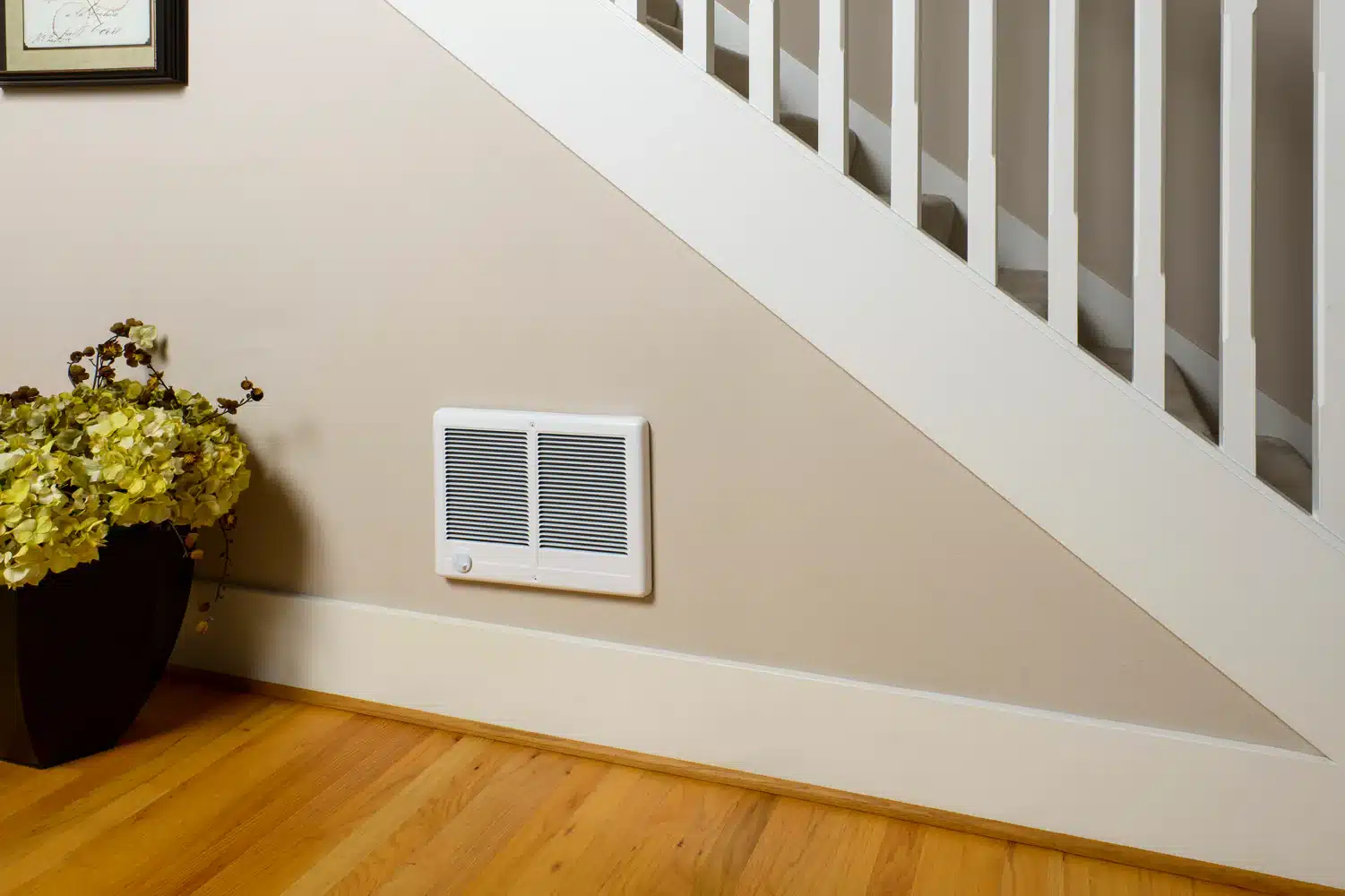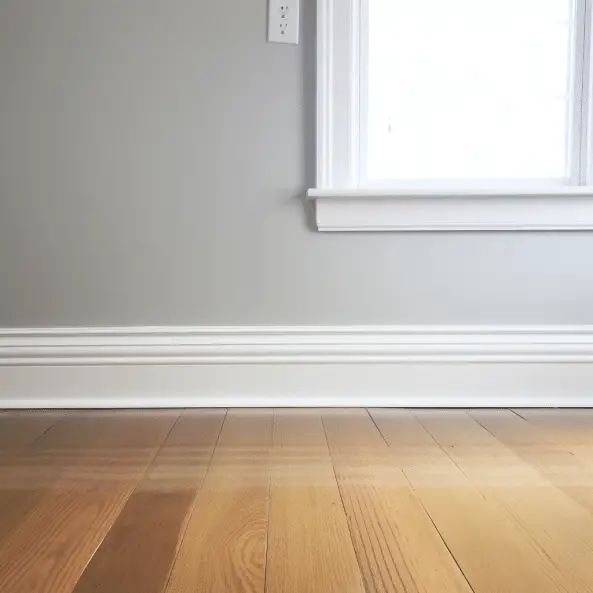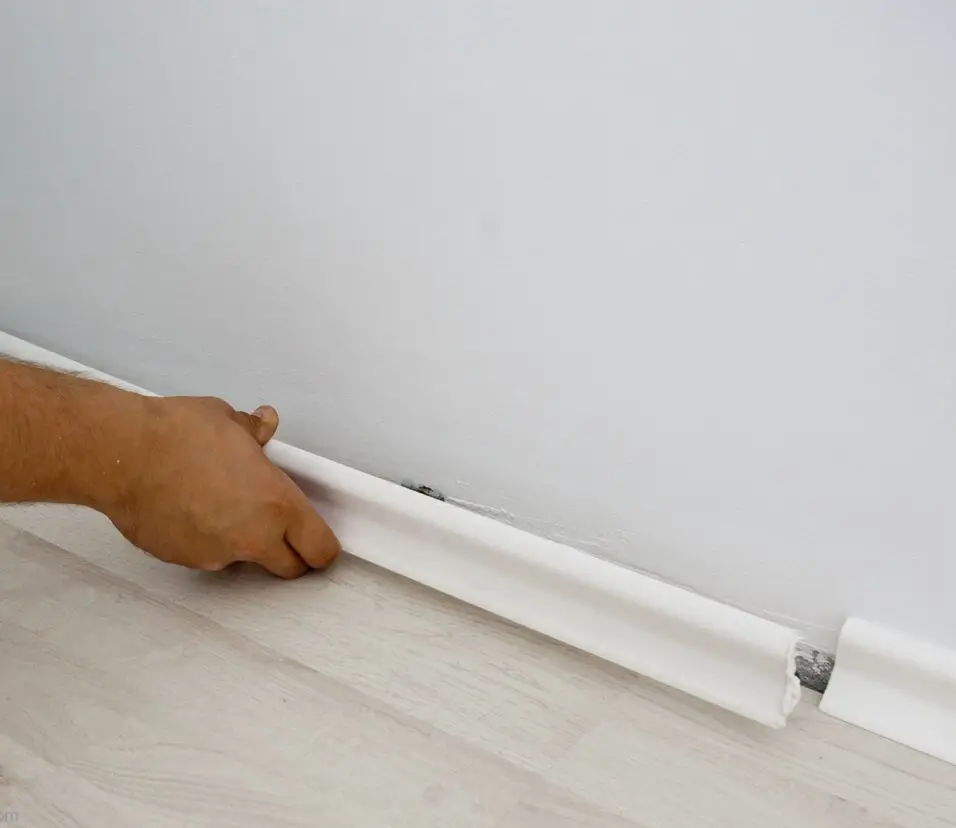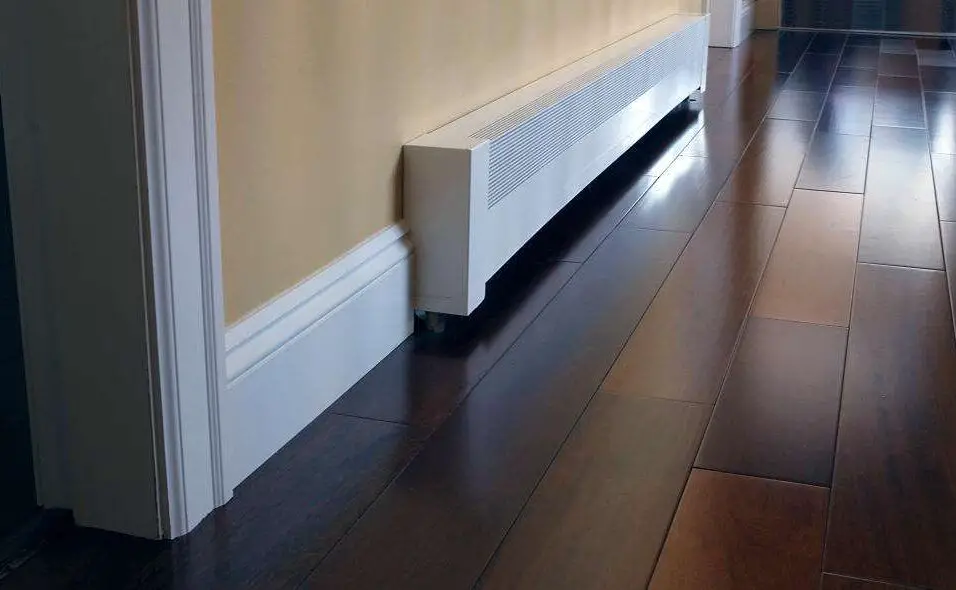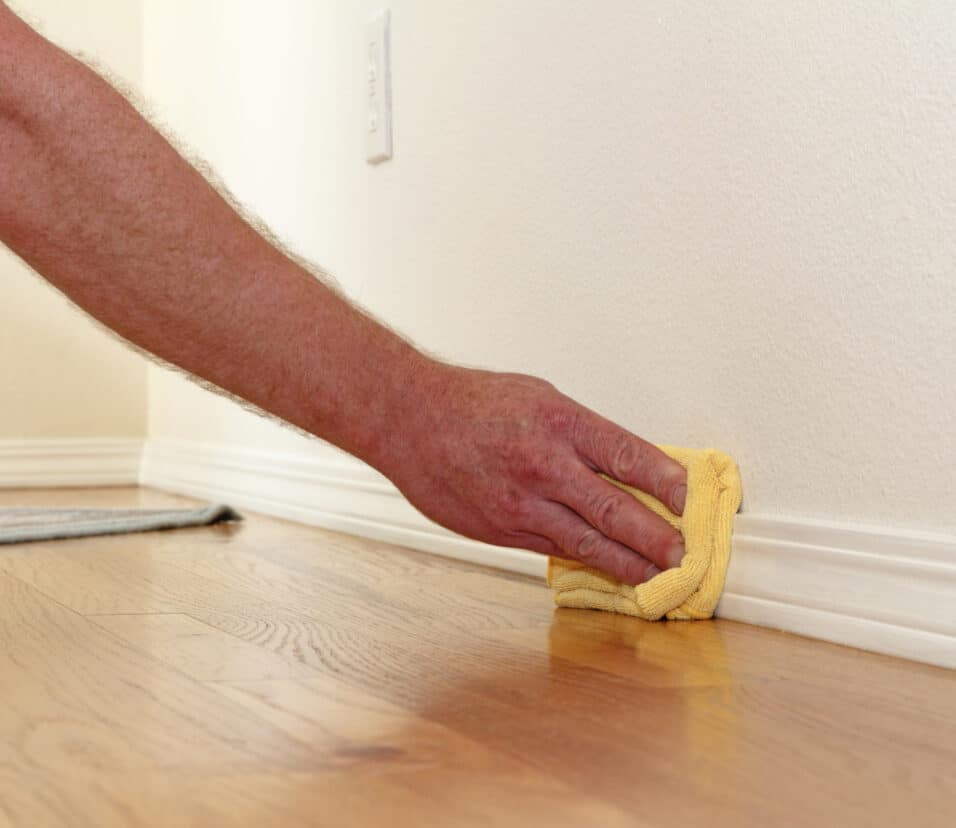How To Hide Baseboard Heaters
Introduction
How To Hide Baseboard Heaters: Baseboard heaters are a common feature in many homes, providing a reliable source of heat during the colder months. However, their appearance can often be less than desirable, with their bulky design and exposed elements. If you’re looking to hide your baseboard heaters and create a more seamless and aesthetically pleasing look in your space, you’re in luck. In this article, we will explore some creative and practical ways to conceal your baseboard heaters.
One of the simplest and most effective ways to hide wire baseboard heaters is by using a cover. These covers are specifically designed to fit over your existing heaters, providing a sleek and modern look. They come in a variety of styles and finishes, allowing you to choose one that complements your existing decor. Additionally, these covers are easy to install and can be removed for cleaning or maintenance purposes.
If you’re feeling a bit more adventurous, you can also consider building a custom enclosure for your baseboard heaters. This option allows you to completely conceal the heaters and create a seamless look in your space. However, it’s important to note that building a custom enclosure may require some advanced DIY skills and tools.
Another option to hide your baseboard heaters is by incorporating them into your existing furniture or cabinetry. For example, you can build a bench or storage unit that extends along the length of the wall, with cutouts or vents to allow the heat to flow through. This not only hides the heaters but also provides additional functionality and storage space in your room. Just make sure to leave enough clearance around the heaters to ensure proper airflow and prevent any safety hazards.
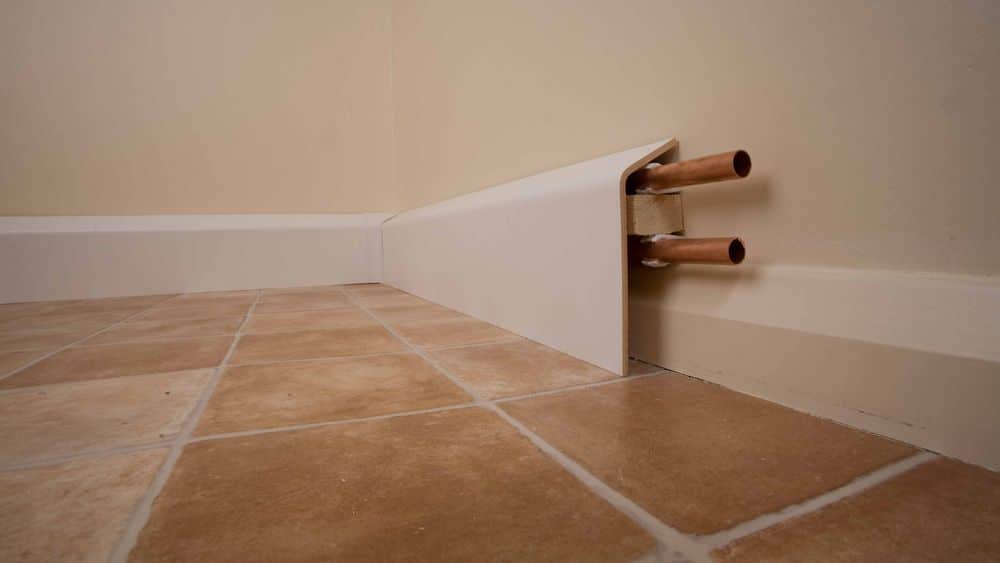
What is the best way to cover baseboard heaters?
Steel Covers
Baseboard heater covers made with steel are the number one choice for many homeowners, and even professionals. One of the most popular ways to cover baseboard heaters is by using a baseboard heater cover. These covers are designed to fit over the existing heater and provide a more attractive appearance. They come in a variety of styles and finishes, allowing you to choose one that matches your decor. Some covers even have built-in shelves or cabinets, providing additional storage space.
Another option for covering baseboard heaters is to use a radiator cover. Radiator covers are similar to baseboard heater covers but are typically larger and designed to fit over a radiator. However, they can also be used to cover baseboard heaters. They come in a variety of designs and materials, making it easy to find one that complements your decor.
Finally, if you’re feeling creative, you can also try building a custom cover for your baseboard heater. This option allows you to completely customize the look of your cover and can be a fun DIY project. You can use materials such as wood, metal, or even fabric to create a cover that matches your style.
How do you cover old baseboard heaters?
Installing replacement baseboard covers is literally “a snap” due to the innovative construction.
When it comes to covering old baseboard heaters, there are several options available to homeowners. In this article, we will explore some of the most common methods for covering old baseboard heaters.
One option for covering old baseboard heaters is to use a baseboard heater cover. These covers are specifically designed to fit over existing baseboard heaters, providing a clean and modern look. Baseboard heater covers are easy to install and can be a cost-effective way to update the appearance of your space.
Another option is to build a custom cover for your baseboard heater. You can use materials such as wood, metal, or even fabric to create a cover that complements your decor. These screens come in a variety of styles and can be easily moved or adjusted as needed. They provide a quick and easy way to hide your heater without the need for any installation or construction. Additionally, decorative screens can add a touch of style and elegance to your space.
Finally, you can also consider incorporating your baseboard heater into your overall decor. Instead of trying to hide it, you can embrace its presence and make it a focal point of the room. For example, you can paint the heater to match your walls or use it as a display shelf for books or decorative items. By incorporating your baseboard heater into your design, you can turn it into a unique and interesting feature of your space.
How do you furnish a house with baseboard heaters?
Space in Front of Baseboard Heaters
Furnishing a house with baseboard heaters requires careful consideration of both functionality and aesthetics. Baseboard heaters are a popular choice for heating homes because they are efficient, cost-effective, and easy to install. However, they can also present a challenge when it comes to arranging furniture and decor. In this article, we will discuss some tips and ideas on how to furnish a house with baseboard heaters.
Placement
The first step in furnishing a house with baseboard heaters is to determine the best placement for the heaters. It is important to leave enough space around the heaters for proper airflow and to prevent any potential fire hazards. Consider the layout of the room and the location of windows and doors when deciding where to place the heaters.
Furniture arrangement
When arranging furniture in a room with baseboard heaters, it is important to keep in mind that the heaters need space to radiate heat. Avoid placing large pieces of furniture directly in front of the heaters, as this can block the heat and reduce the efficiency of the heating system. Instead, position furniture a few inches away from the heaters to allow for proper airflow.
Window treatments
Another consideration when furnishing a house with baseboard heaters is the type of window treatments to use. This will allow the heat to circulate freely while still providing privacy and light control.
Decorative elements
Baseboard heaters can be an eyesore if not properly incorporated into the overall decor of the room. Consider using decorative covers or grilles to conceal the heaters and make them blend in with the rest of the room. These covers are available in a variety of styles and finishes, allowing you to choose one that complements your existing decor.
Safety precautions
Lastly, it is important to take safety precautions when furnishing a house with baseboard heaters. Avoid placing flammable materials such as curtains or furniture too close to the heaters, as this can pose a fire hazard. Make sure to regularly clean and maintain the heaters to ensure their proper functioning and to prevent any potential safety issues.
Do baseboard heaters get hot?
Because electric baseboard heaters get hot, you should keep furniture and curtains at least 6 inches away from them to prevent a fire. The placement of the units and the need to keep them unobstructed can severely limit where you can place furniture and what kind of curtains you can safely hang.
Yes, baseboard heaters do get hot. Baseboard heaters are a type of heating system that is commonly used in homes and buildings. They are typically installed along the baseboard of a room and provide heat through convection. When the heater is turned on, it heats up the air around it, which then rises and circulates throughout the room. This process creates a warm and comfortable environment. Additionally, many baseboard heaters have a protective cover or grille that helps to distribute the heat evenly and prevent direct contact with the heating element.
They are an effective and popular heating option for many homes and buildings. However, it is important to be cautious around baseboard heaters due to their high surface temperatures. By using the built-in thermostat and following safety guidelines, baseboard heaters can provide a comfortable and safe heating solution.
Can you cover baseboard heaters with furniture?
You can cover your baseboard heater with furniture, sure. But if you don’t do this carefully, you might end up impeding the path of the heated air. This can reduce the efficiency of your heating. Paint is another option, but it doesn’t last long.
Yes, it is possible to cover baseboard heaters with furniture. However, there are a few important considerations to keep in mind when doing so.Placing furniture directly in front of a baseboard heater can obstruct the flow of heat and reduce its effectiveness. Therefore, it is important to take certain precautions to ensure that the furniture does not impede the performance of the heater.
Furniture does not impede the performance of the heater.
Firstly, it is recommended to leave a gap between the furniture and the baseboard heater. This gap allows for proper air circulation and ensures that the heat can freely flow into the room. It is generally advised to maintain a clearance of at least 12 inches between the furniture and the heater. This distance may vary depending on the specific model and size of the baseboard heater, so it is important to consult the manufacturer’s guidelines for the recommended clearance.
Additionally, it is important to choose furniture that does not completely block the heat from radiating into the room. For example, selecting furniture with open or slatted designs can help to allow the heat to pass through. Avoiding furniture with solid backs or large, solid pieces that cover the entire front of the heater is advisable.
Additionally, you can consider using curtains or drapes to conceal the baseboard heater. By installing a curtain rod above the heater and hanging curtains that match your room’s decor, you can effectively hide the heater when it’s not in use. Another option is to paint the baseboard heater to match the color of your walls. This helps the heater blend in with its surroundings and become less noticeable.
Are there any specific materials or products that can be used to hide baseboard heaters?
When it comes to concealing baseboard heaters, there are several specific materials and products that can be used to effectively hide them. One popular option is to use baseboard heater covers, which are designed to fit over the existing heaters and provide a more aesthetically pleasing appearance. These covers come in a variety of styles and finishes, allowing you to choose one that matches your decor.
Another option is to use decorative screens or room dividers to hide the baseboard heaters. These screens can be placed in front of the heaters, creating a barrier that not only conceals them but also adds a decorative element to the room. Additionally, you can consider using furniture or shelving units strategically placed in front of the heaters to block them from view.
Can baseboard heaters be relocated or repositioned to make them less visible?
One option for relocating baseboard heaters is to move them to a less visible area within the same room. It is important to consider the layout and size of the room, as well as the heating requirements, to ensure that the relocated heaters can effectively heat the space.
Another option is to reposition the baseboard heaters within their current location. This can be done by installing decorative covers or screens that can be easily removed when needed. These covers can be designed to match the room’s decor and can help to blend the heaters into the overall aesthetic of the space. Additionally, rearranging furniture or adding curtains or drapes can also help to conceal baseboard heaters and make them less noticeable.
Are there any safety considerations to keep in mind when hiding baseboard heaters?
When hiding baseboard heaters, it is crucial to prioritize safety to prevent any potential hazards. One important consideration is to ensure that the chosen method of concealment does not obstruct the airflow around the heater. Baseboard heaters require proper ventilation to function efficiently and safely. Blocking the airflow can lead to overheating and potentially cause a fire.
Additionally, it is essential to keep flammable materials away from the heaters. Avoid using curtains, drapes, or any other combustible materials near the baseboard heaters, as they can easily catch fire. It is recommended to maintain a clearance of at least one foot around the heater to minimize the risk of accidental ignition.
It is crucial to regularly inspect the concealed baseboard heaters for any signs of damage or malfunction. Ensure that the concealment method does not impede access to the heater for maintenance or repairs. Regularly check for any loose or exposed wires, as well as any unusual smells or sounds coming from the heater.
Are there any potential drawbacks or limitations to consider when attempting to hide baseboard heaters?
When attempting to hide baseboard heaters, there are a few potential drawbacks and limitations to consider. Firstly, it is important to note that concealing baseboard heaters may affect their efficiency. Baseboard heaters work by radiating heat into the room, and any obstruction or covering can hinder the heat distribution.
Another limitation to consider is the impact on the overall aesthetics of the room. While the intention may be to hide the baseboard heaters, the chosen method or materials used for concealment may not blend seamlessly with the room’s decor. It is essential to carefully select materials and designs that complement the existing style and do not create an eyesore.
Additionally, hiding baseboard heaters may require some modifications to the room, such as building custom enclosures or rearranging furniture. These modifications can be time-consuming and may involve additional costs. It is crucial to assess the feasibility and practicality of these changes before proceeding with the concealment.
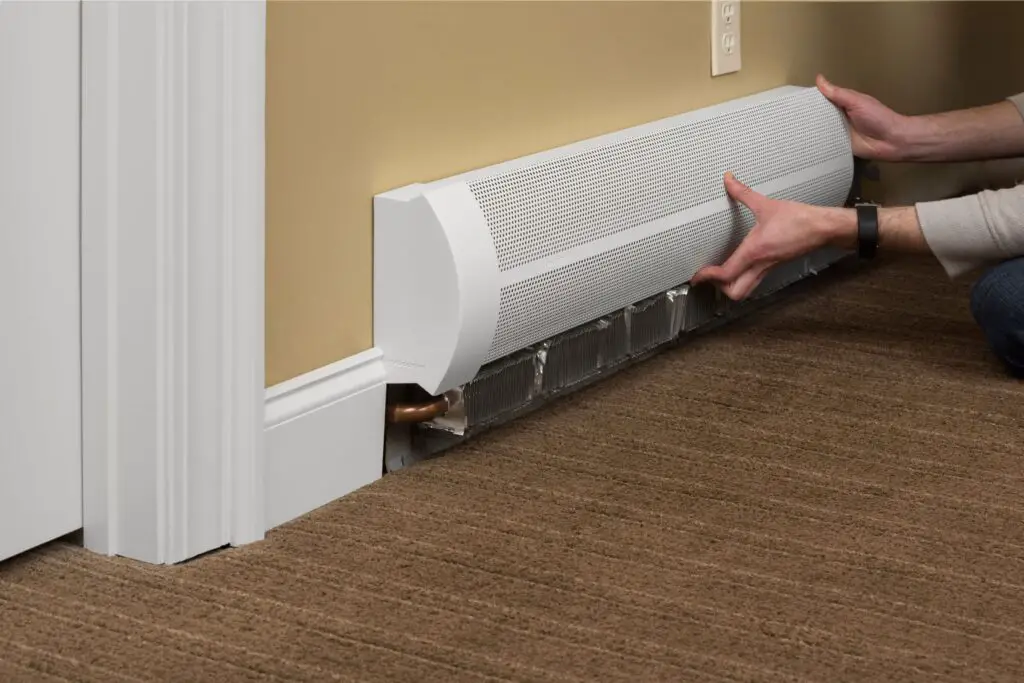
Conclusion
Hiding baseboard heaters can be a practical and aesthetically pleasing solution for homeowners who want to improve the overall look of their space. By following the various methods discussed, such as using furniture, curtains, or decorative covers, individuals can effectively conceal these heaters without compromising their functionality.
One of the key benefits of hiding baseboard heaters is the ability to create a more cohesive and streamlined design in a room. By disguising these heaters, homeowners can achieve a more polished and finished look, especially in spaces where the heaters may be visually disruptive. This can be particularly important in areas such as living rooms or bedrooms, where a clean and uncluttered aesthetic is desired.
Hiding baseboard heaters can also help to improve the overall safety of a space. By covering these heaters, individuals can prevent accidental burns or injuries, especially for households with young children or pets. This added layer of protection can provide peace of mind for homeowners, knowing that their loved ones are safe from potential hazards.
Lastly, hiding baseboard heaters can also contribute to energy efficiency in a home. By using furniture or curtains to block the heat from escaping, individuals can ensure that the warmth generated by the heaters is effectively distributed throughout the room. This can help to reduce energy consumption and lower heating costs, making it a practical solution for both the environment and homeowners’ wallets.



